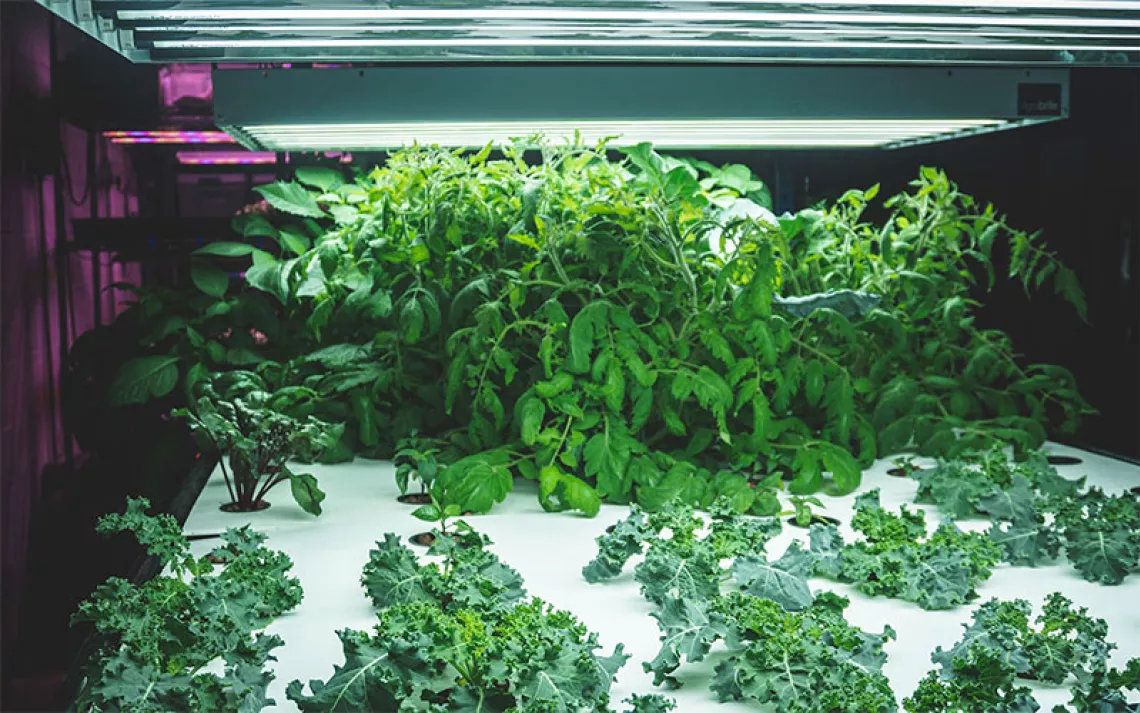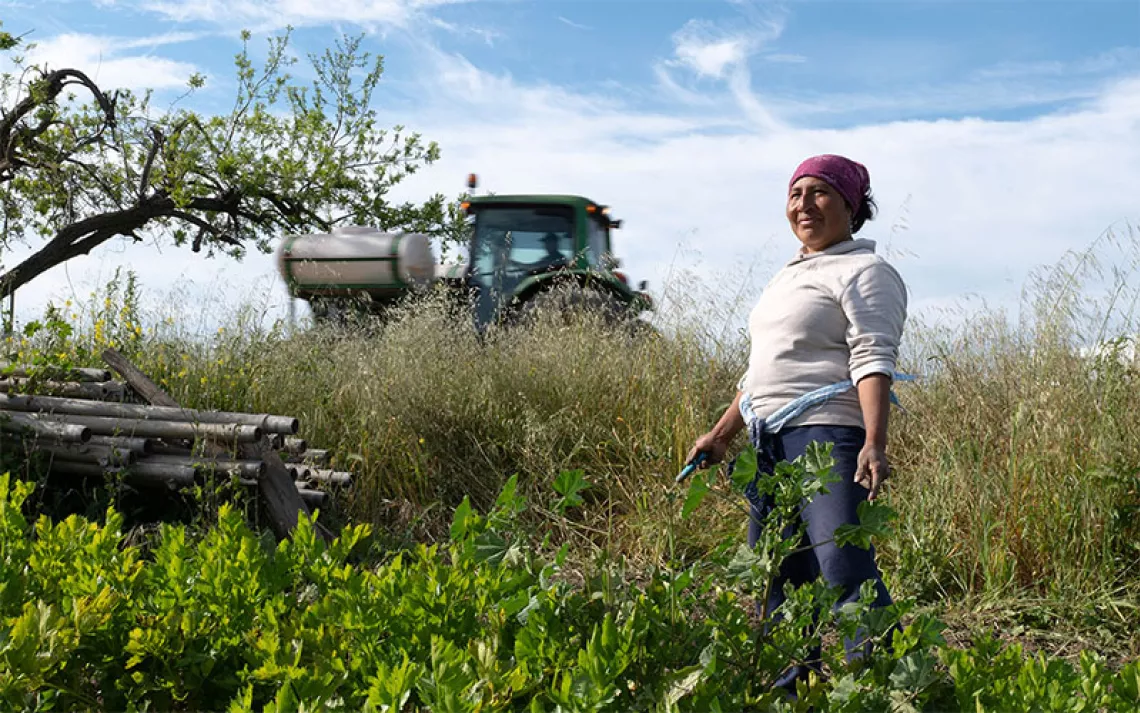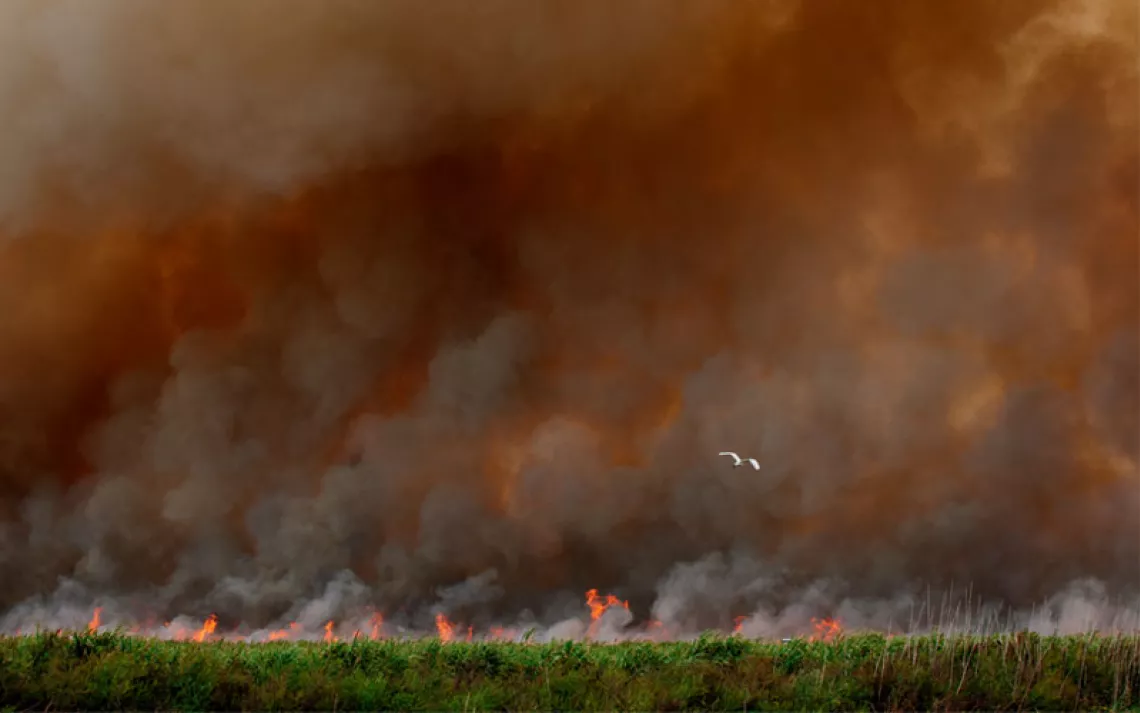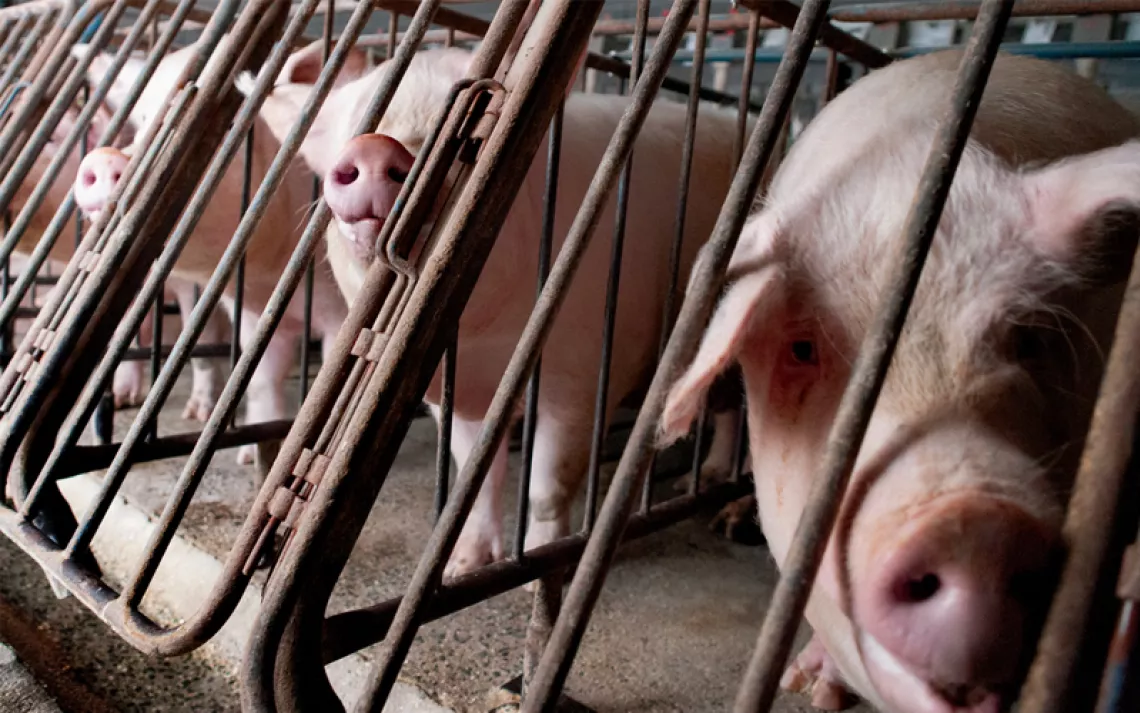Hey Mr. Green, I've Got Beef with Your Water Consumption Facts

Photo by iStock/roman023
Hey Mr. Green,
Your reference to beef not causing much water consumption is not what is reported in any other publications that I have read. Beef consume water just to live, and unless they are truly grass fed beef, which they would then be on ground that doesn’t grow crops, their feed and grain require water.
—Kathleen, in Tupelo, Mississippi
Your sources reach a different conclusion because they fail to distinguish among the various bioregions and the amount of water they use. They lump all areas together, which presents a skewed hydrological reality. According to U.S. Geological Survey estimates, water withdrawals for all livestock, not just cattle, are less than 1 percent of our water use, or about 2 billion gallons a day out of the 306 billion gallons of freshwater drawn daily for all purposes.
In other words, cattle—and other livestock—are obviously not drinking us dry. It’s the irrigation of the crops they eat that’s the problem: The second biggest consumer of water in the United States (after thermoelectric power) is crop irrigation, which sucks up 115 billion gallons a day in the United States, according to the USGS. But here’s where bioregional differences must be considered along with the data: 85 percent of all irrigation water is used in 17 arid western states. Five states—California, Nebraska, Texas, Arkansas, and Idaho—accounted for 52 percent of total irrigated acreage. Of course a large share of all this water is used to grow feed for livestock, but not all. Take corn, for example. Close to half the U.S. corn crop is consumed directly as food (too much of it junk food like corn syrup) or made into ethanol.
It’s puzzling that, despite all the pious talk about the virtues of locavorism, so little attention is paid to these regional variations. The fact is that properly managed cattle grazing can be a better use of agricultural land than plowing it up. In areas where there is abundant rainfall, no irrigation is needed. (Wisconsin provides an example: In the 19th century, the state was a major wheat producer. When wheat disease and soil depletion set in, farmers turned to a remedy already applied in New England: dairy cattle and dual-purpose dairy-and-beef cattle. Pasturing, silage, and abundant manure helped save the soil. This reform was dubbed the “plow to cow” movement, and the chief cow evangelist, W.D. Hoard, became so popular he wound up being elected governor.)
I am attempting to show that water use is as much a political issue as an agricultural or technical one, because in areas where water is scarce, restrictions can be imposed on its consumption and on irrigation methods, if there is the political will to do so. After all, it was politics that made cheap water available in dry locations in the first place, by securing subsidies for it. Restrictions on water use have been put in place, although too limited, in my opinion. The water problem lies not in the commodity itself, be it a cow or an almond, but where and how that commodity is grown. As for grass-fed beef, if it is grown in an arid place, the grass and the hay crop might be irrigated.
Although farmers have been steadily reducing the use of water for irrigation, they have a way to go. The last time I checked, farmers in Israel were using half as much water per acre as those in the United States.
 The Magazine of The Sierra Club
The Magazine of The Sierra Club



